Seeing Snow Leopards in Wild Ladakh
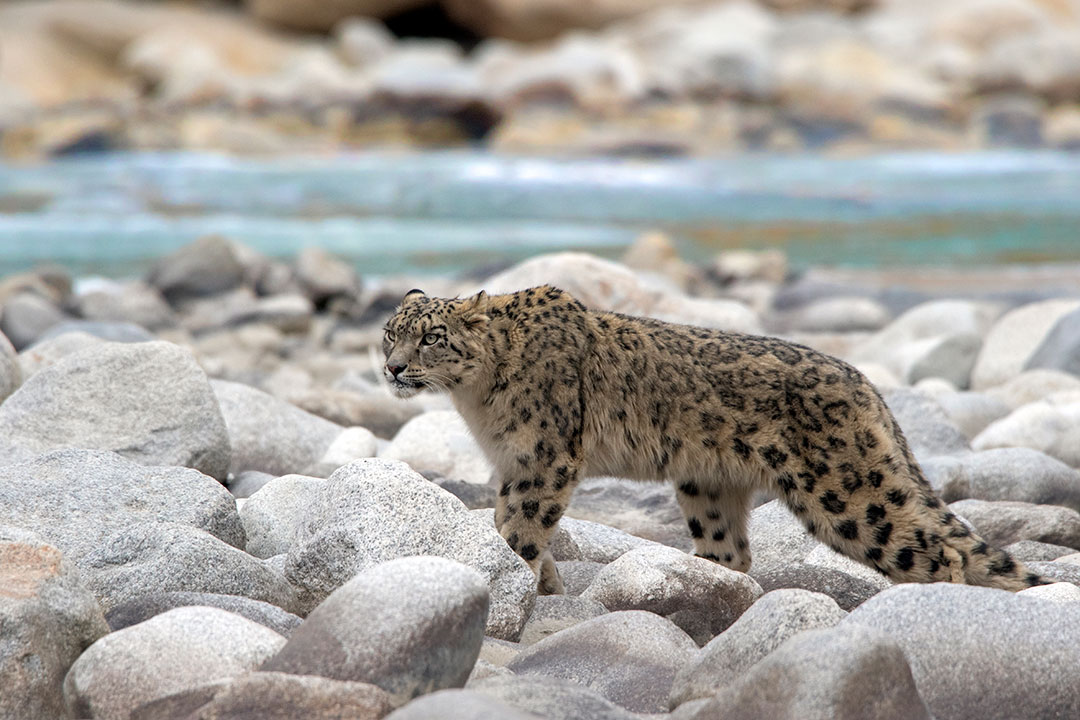

This extraordinary journey offers the world’s best chance at seeing the elusive snow leopard in the wild. Trackers in Ladakh, in northwest India, have perfected the art of finding the big cats, and success rates from recent trips are in the 90% range. This is incredible because snow leopards live in highly remote mountain areas, and there are estimated to be only 3,500 to 7,000 of them left in the wild. Chances for seeing them are best in February and March when their prey is concentrated in the snowy valleys. In addition to leopards, this area is home to other species such as yak, ibex, Tibetan wolf, and red fox. Beyond wildlife, you will also experience Himalayan culture up close with visits to quiet monasteries and living in a traditional Ladakhi home. We recommend ending your trip with a tiger safari or cultural adventure while you are in India.
*Based on double occupancy; a single supplement is $3,400 per person. An airfare suppliment for domestic flights is an additional $400. Contact us for details.
✧ Your custom travel playlist includes Rahul Sharma’s “Melody of Kashmir”
Rahul Sharma is a popular player of the 100-stringed santoor, and his ode to to Kashmir, which includes Ladakh, is a lovely backdrop to a winter expedition.
Land in Delhi, the capital of India, where you will be welcomed by our representative and transferred to your hotel. The Andaz is a comfortable luxury hotel that is relatively close to the airport, so you can recover from your international flight. Additional time can be scheduled in Delhi and around central India at the end of your snow leopard expedition.
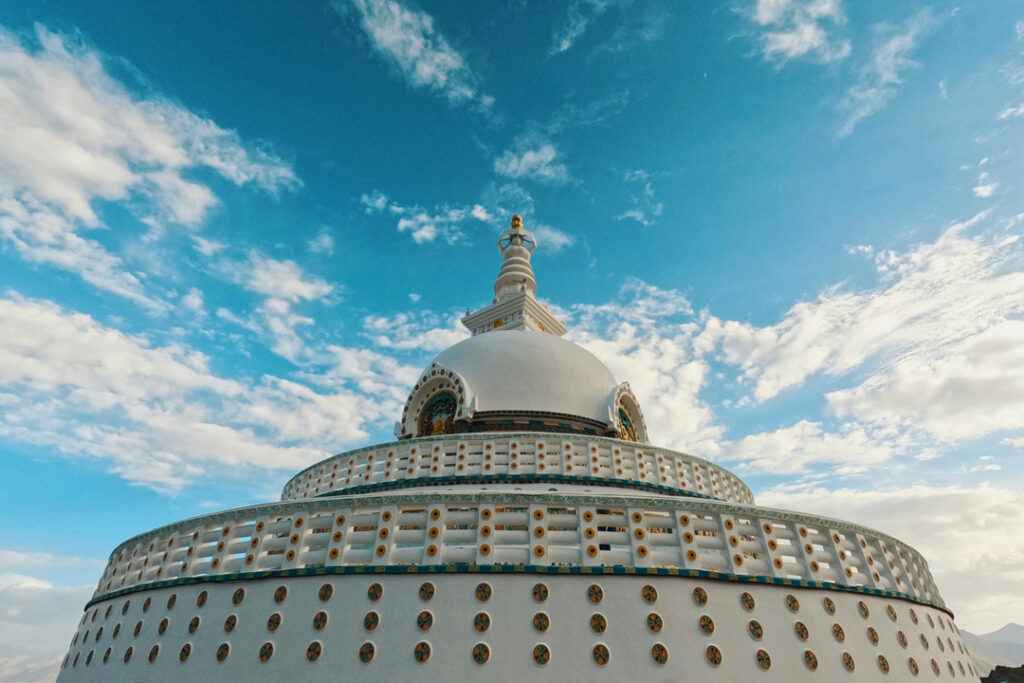
Transfer from your hotel to the airport in the morning for the flight to Leh, the capital of Ladakh, in northwest India. Your hotel is the Grand Dragon Hotel, a comfortable base to explore the area that is open year-round. Here you will spend the next couple of days getting used to the altitude (11,483ft) and enjoying the local culture. The Indian Himalayas are one of the best places in the world to see the elusive snow leopard, but there are numerous monasteries to explore. Highlights include Leh Palace and Shanti Stupa.
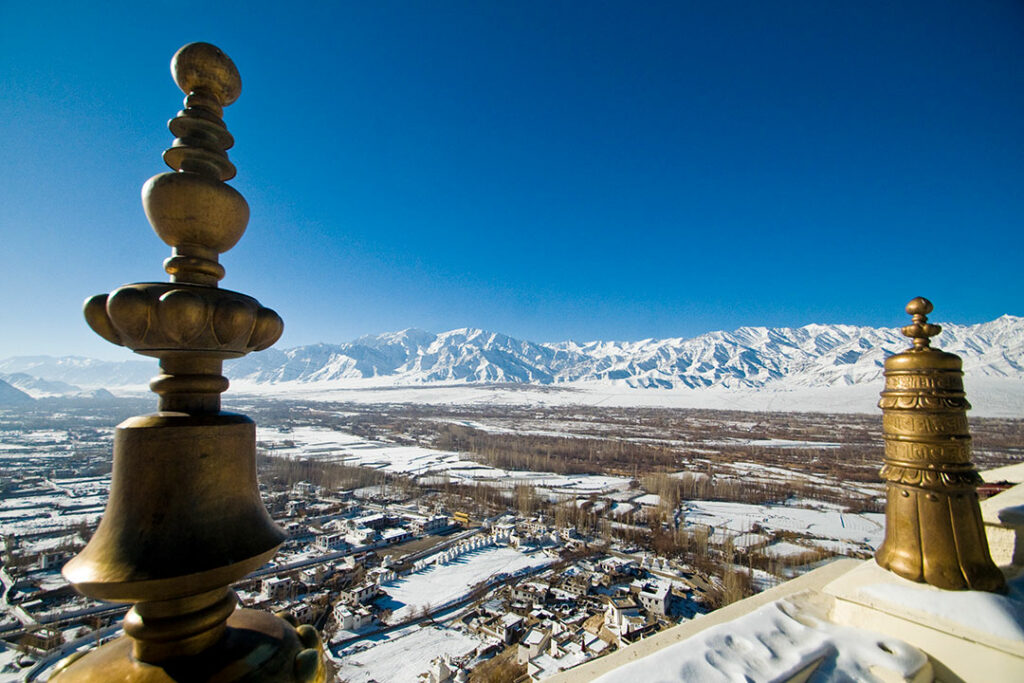
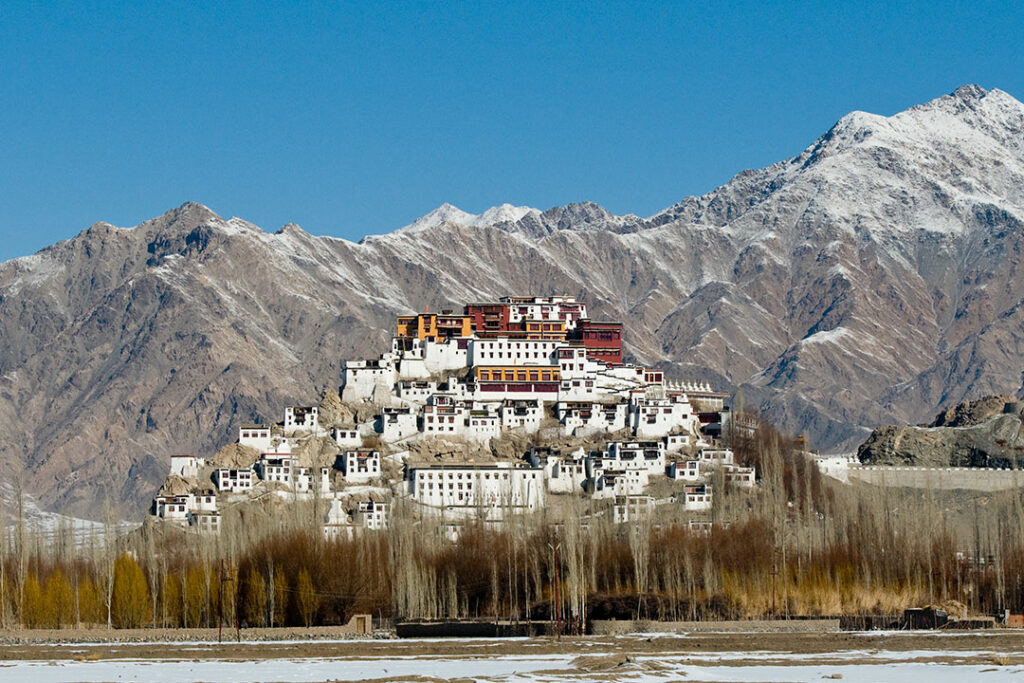
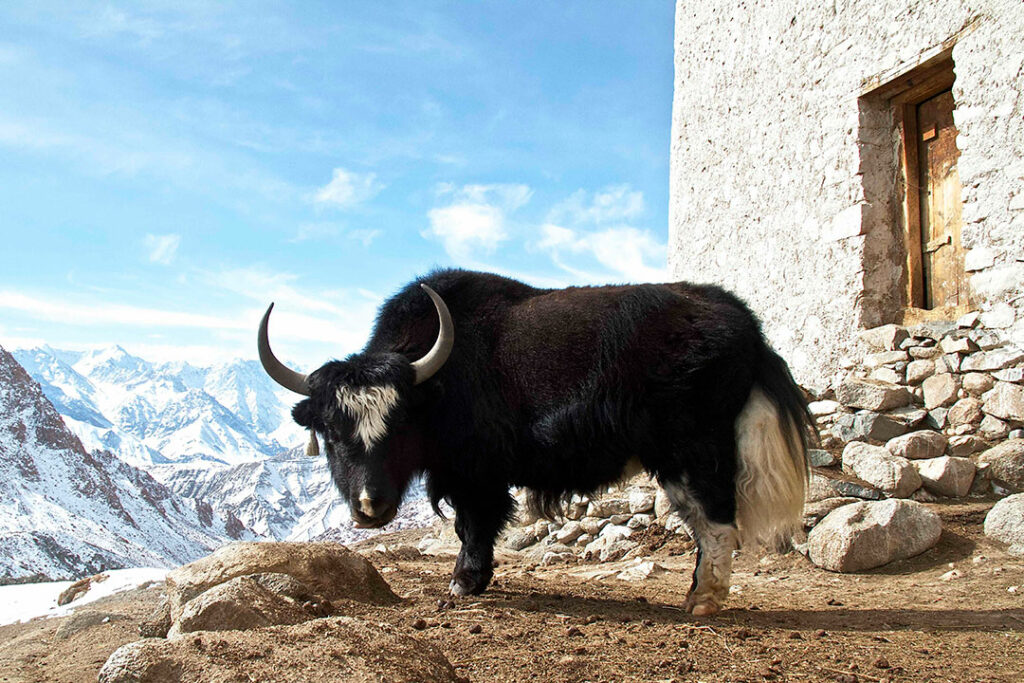
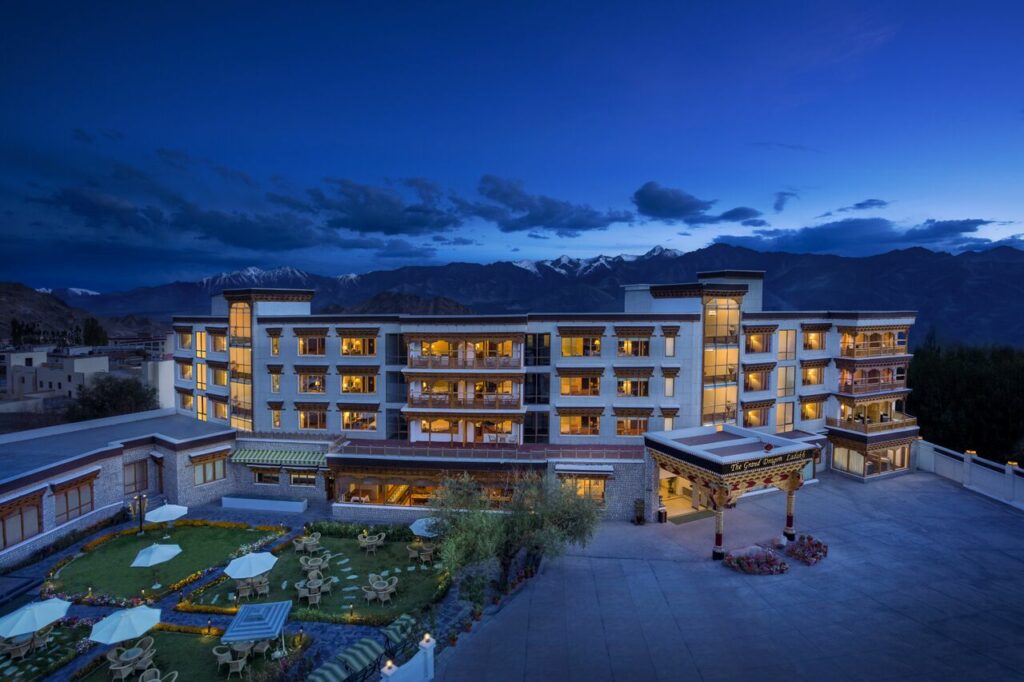
In the morning, you will drive three hours west, following the Indus River. En route, you will pass Likir, one of Ladakh’s famous Buddhist monasteries. The landscape is expansive until you turn off onto a dirt road up a narrow valley toward the town of Ulley. This is all snow leopard country, and your guides will have their heads craned, scanning the hillsides for the silhouette of a cat. You will also see majestic horned ibex, their favored prey species.
Arrive at Snow Leopard Lodge by lunch. This will be your base for your stay, where you will search for snow leopards and other high-altitude wildlife. This lodge is warm, welcoming, and hospitable in sub-zero temperatures. We will supply our cook and camp staff with essential luxuries like extra gas heaters, warm showers, comfortable mattresses, linens, and various coffees, teas, and snacks.

Part of the experience is understanding the Ladakh lifestyle in the depths of winter. Near the lodge, you may see ibex and possibly other wildlife, including wolves, red foxes, and even snow leopards. Settle in on arrival and acclimatize to the high altitude of Ulley (13,780 ft). Ulley is relatively free of tourism and is adjacent to three valleys ideal for wildlife.
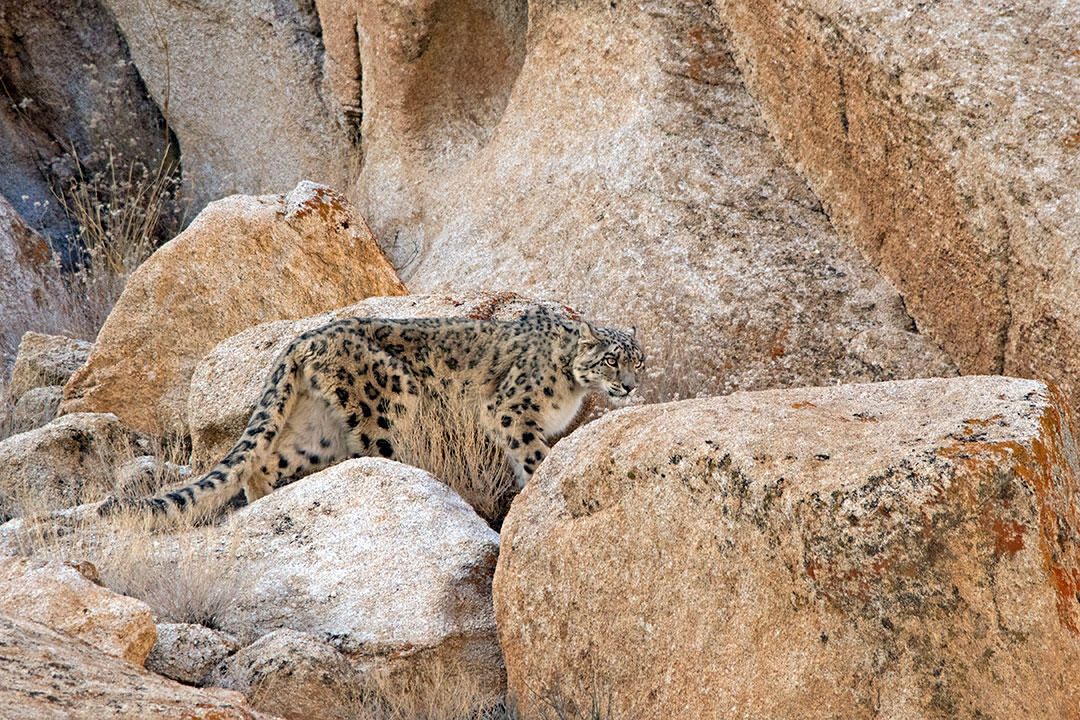
Your local guides are exceptional trackers and spotters whose entire being seems to be narrowed down to the field of vision of their binoculars. Over the next few days, you explore the area on foot and by vehicle with your guide tracking the snow leopard. You will be amazed at his dedication and commitment to his trade and his effort to ensure that his guests leave happy. Guides interacts closely with the local people and uses the local intelligence network to narrow down the likely sites. There will also be plenty of opportunities to get insights into local folklore and learn about local customs and traditions.
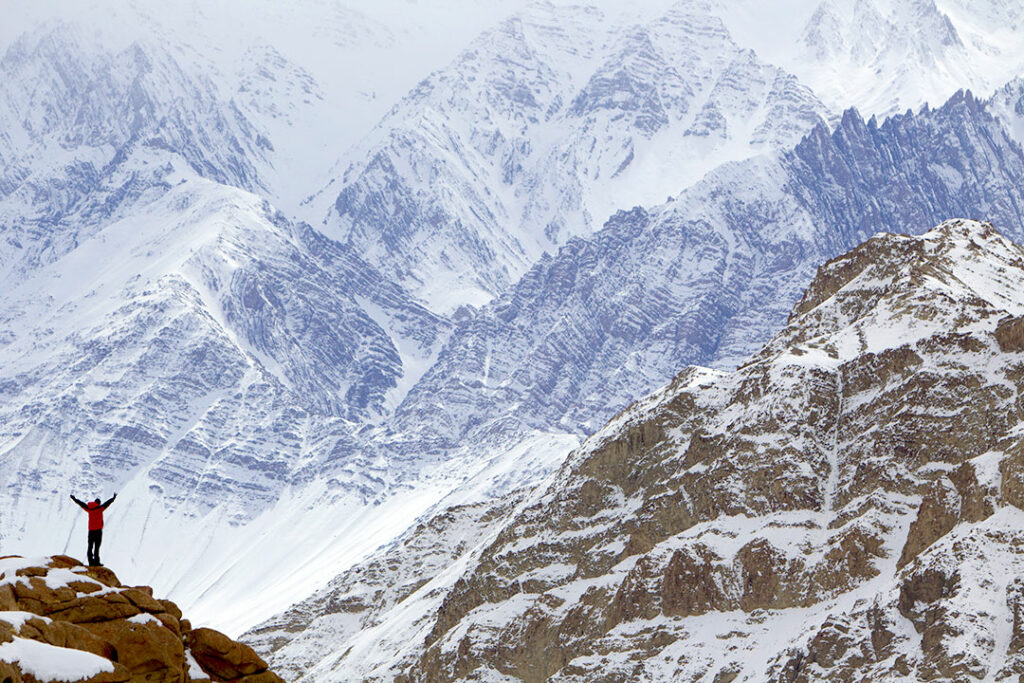
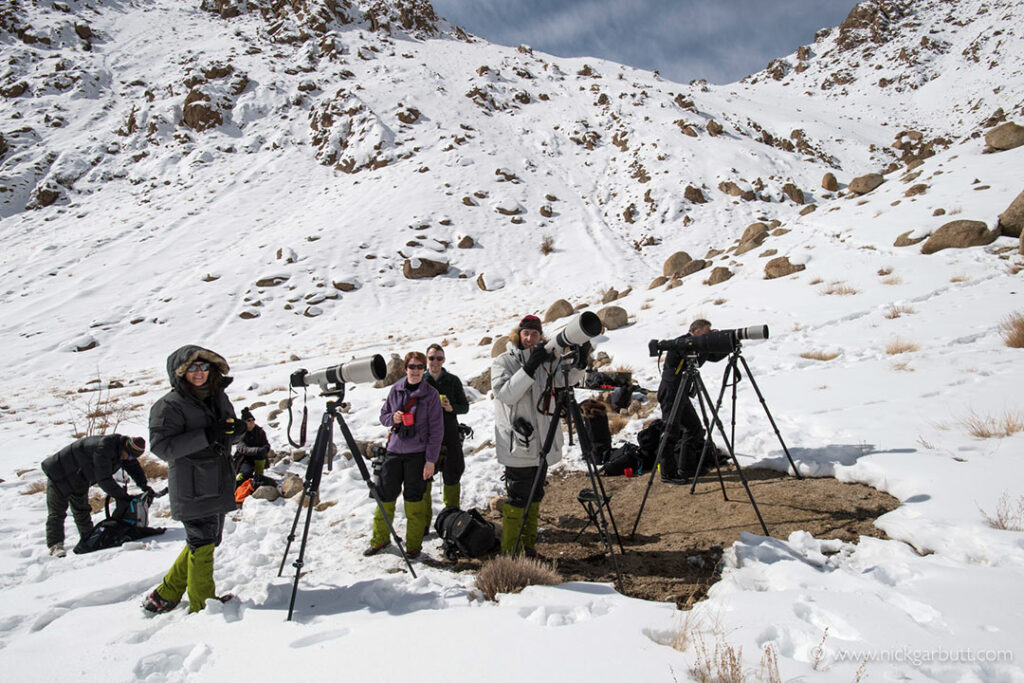
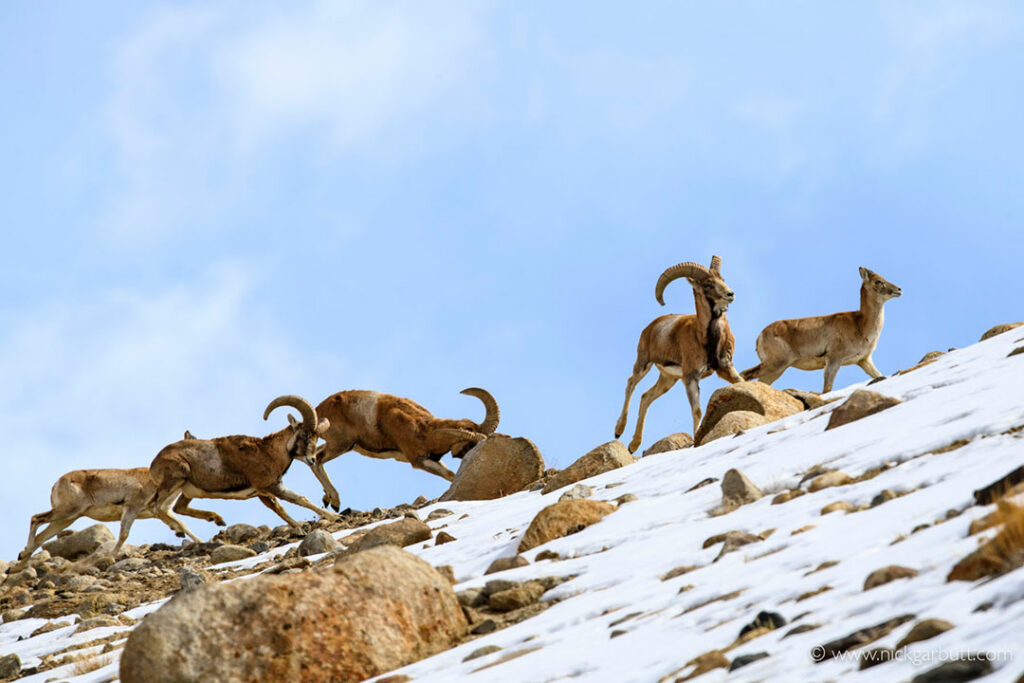
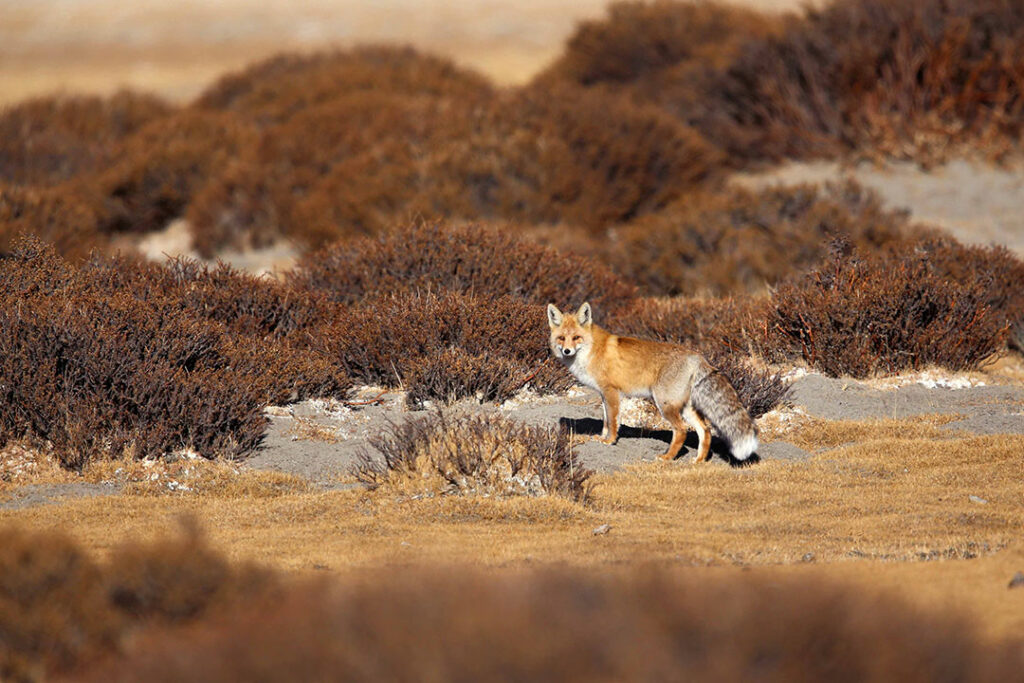
Due to the rugged terrain of the Himalayas, most herbivores are related to agile-footed sheep and goats. They can move quickly through the mountainous regions of the Himalayas from one pasture to the next. During the winter, the ibex move down to lower altitudes where there is food, and the snow leopards and other predators like the Tibetan wolf follow them. These ungulates form the primary snow leopard’s diet, and it is through the movements of these ungulates and trails left by snow leopards moving across habitats that one can improve the chances of seeing the snow leopard in its natural environment. Every day, you will head out in different directions to track them.
After almost a week of snow leopard tracking, you will hopefully have seen multiple cats. Then, depart on your final morning for Leh, where you will stay at the Grand Dragon Hotel to clean up before your flight back to Delhi the next day.
After an early morning breakfast, transfer to Leh airport and Delhi. Enjoy an afternoon of relaxation and dinner before your flight home, or stay at the Andaz before continuing your journey elsewhere in India.
This snow leopard trip ends nicely with an extension into warmer central India for an unforgettable cultural tour or tiger safari. Tracking the Indian leopard in Jawai is also a nice contrast to your trip to Ladakh. Discover what’s possible in our Cats and Culture: A Luxury Tour of Central India and India’s Best Walking Safari itineraries.
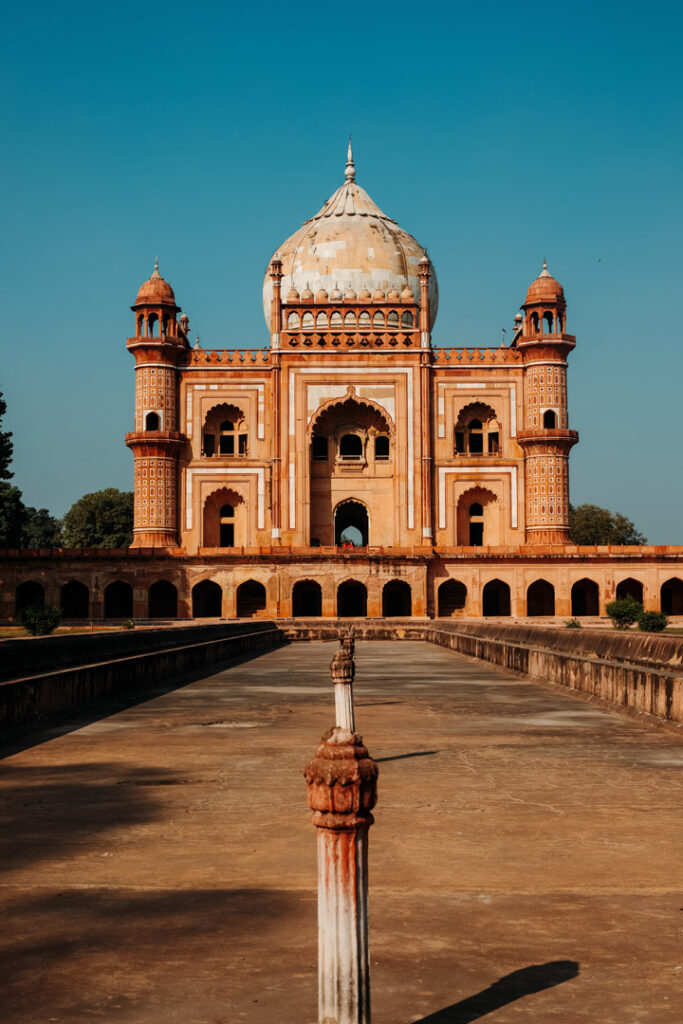
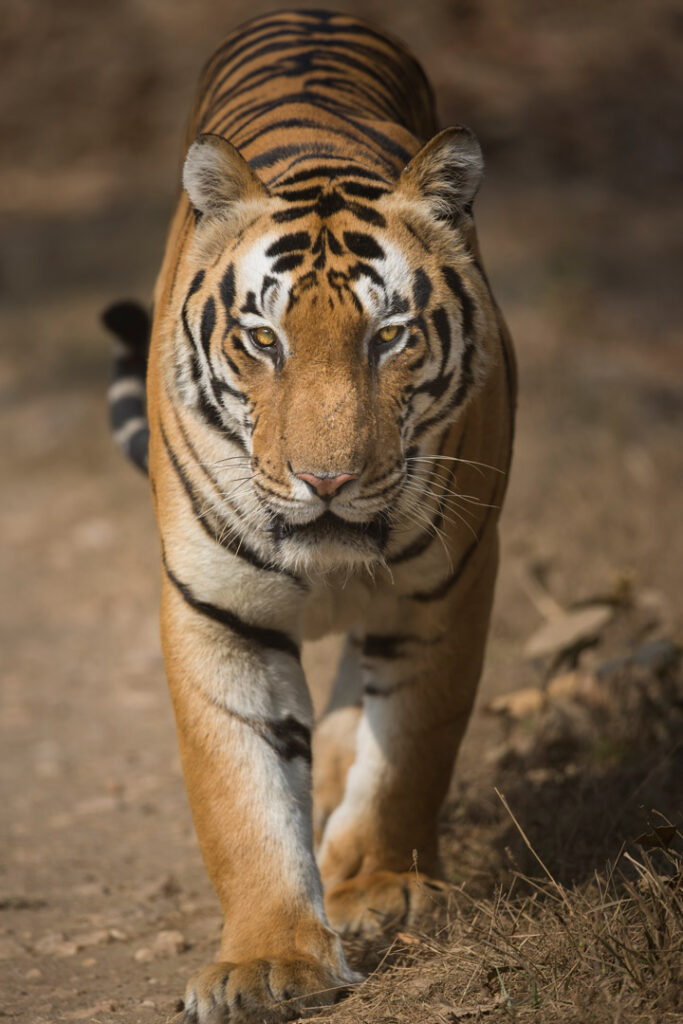
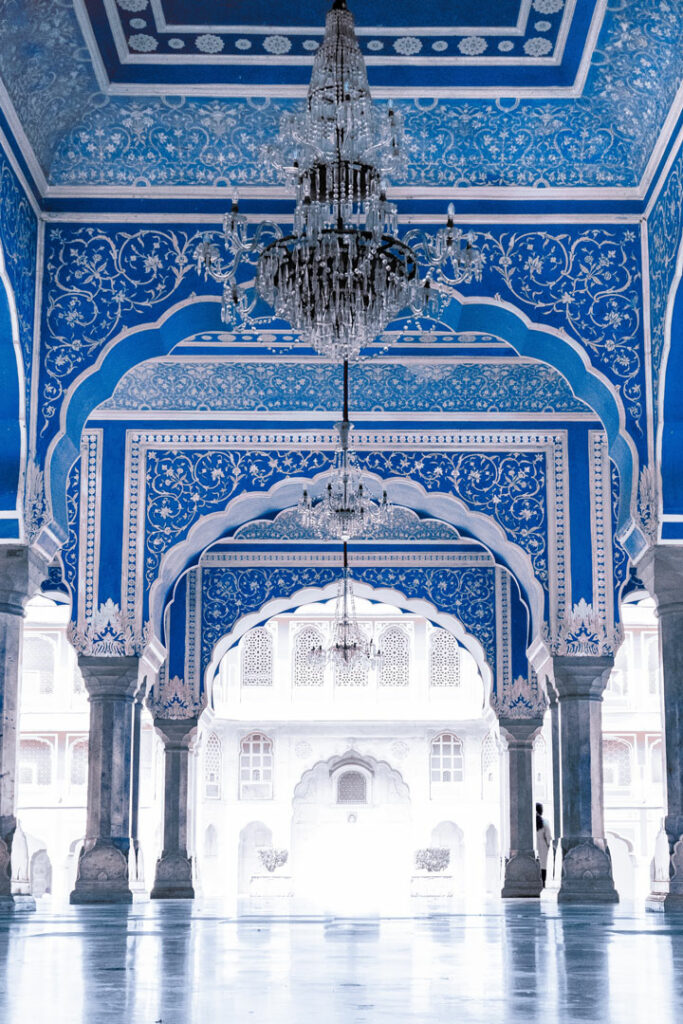
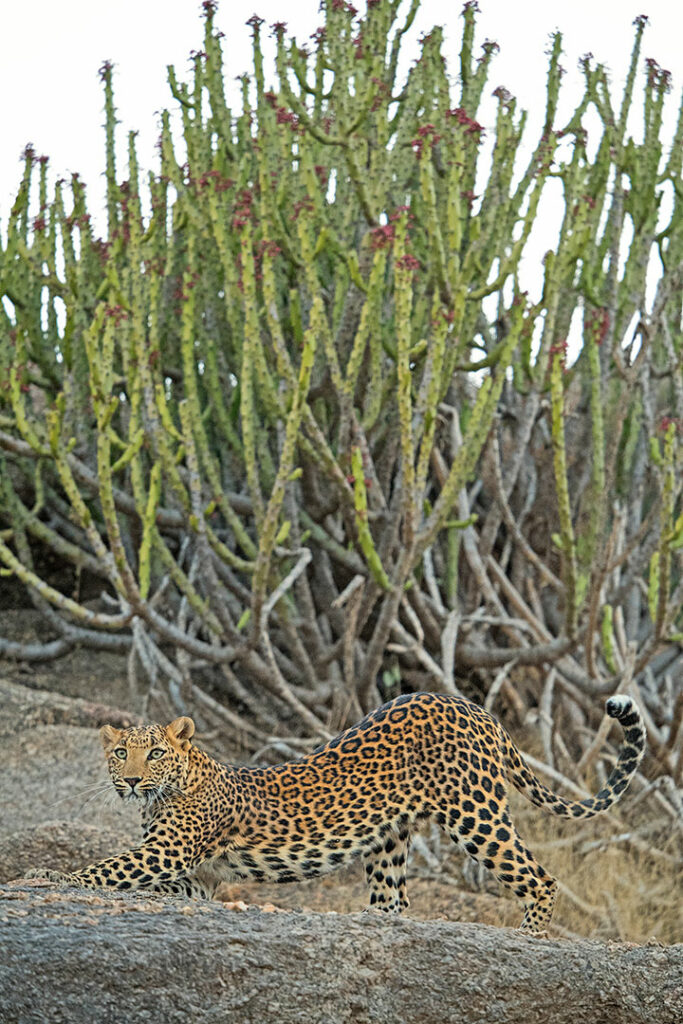
We combine expert knowlege with creative itineraries to make your travel dreams a reality. Contact us for a free consultation.

Get monthly travel news, destination guides, and seasonal offers delivered to your inbox.